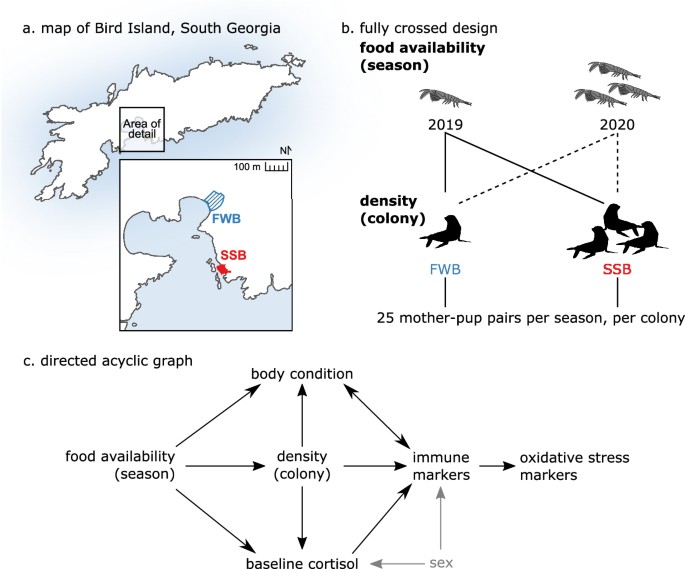
- Select a language for the TTS:
- UK English Female
- UK English Male
- US English Female
- US English Male
- Australian Female
- Australian Male
- Language selected: (auto detect) - EN
Play all audios:
A "wall of liquidity" has helped prevent another Great Depression even though the economy faces a period of long, slow growth ahead, economist Nouriel Roubini told CNBC. Nouriel
Roubini CNBC.com Rejecting the notion that the economy could recover more quickly than some had thought, Roubini said the US still faces too many obstacles to expect rapid growth. But he
said the rebound will more likely resemble a "U" shape rather than the double-dip projections from some of the most bearish economists. "This wall of liquidity right now is
chasing assets. Some of it is good news because it leads to higher stock prices," Roubini said in a live interview. "There's going to be a negative shot on the commodity
importing countries." The liquidity has come largely through government stimulus programs that have helped boost stock and commodity prices. But the threat of surging oil prices was
part of what Roubini cited for his scenario of "anemic" growth for the US economy. He also said stocks are likely to correct if a double-dip is avoided. In all, he suggested five
broader factors for the likelihood of the "U" recovery: Continued high unemployment; consumer weakness; damage to the financial system; the eroding of the fiscal stimulus, and a
lack of capacity utilization. "I don't know how people can say this is going to be a rapid recovery," said Roubini, an economist at New York University and chairman of RGE
Monitor.com. "I don't see the argument for it." Yet he also added that "it's clear this global recession is coming to an end" though emerging market economies
will continue to suffer as the US lags. In an earlier interview with CNBC Europe, Roubini reiterated his gloomy outlook for the jobs market, saying unemployment is likely to rise through
most of 2010. He said the danger isn't simply that the unemployment rate will rise above 10 percent "but the risk is it's going to stay above this level and return to more
normal only more gradually, and that's going to be one of the important sources of weakness for an economy recovery."



